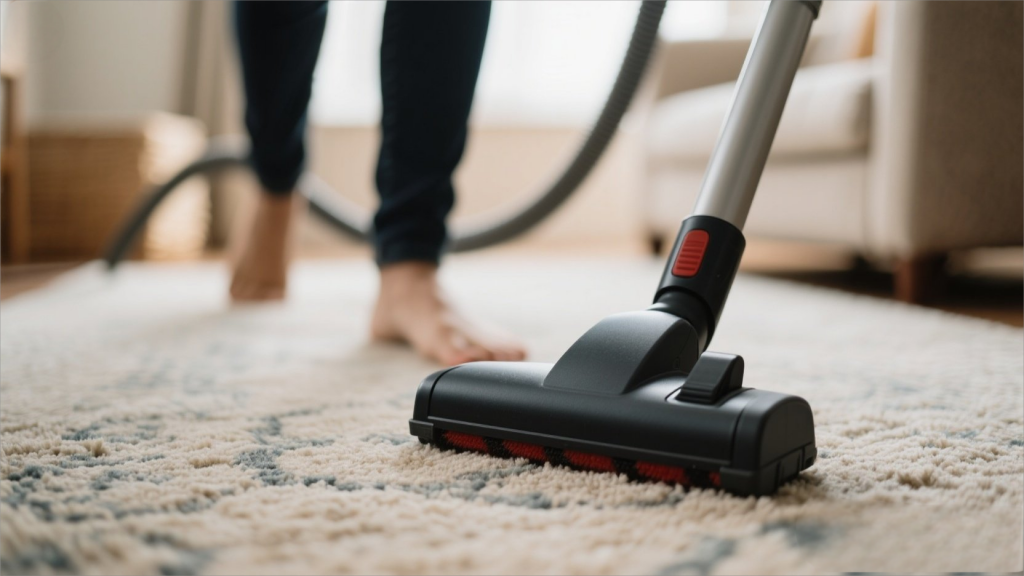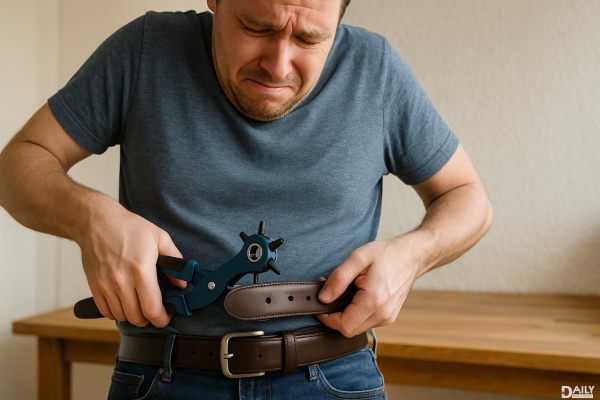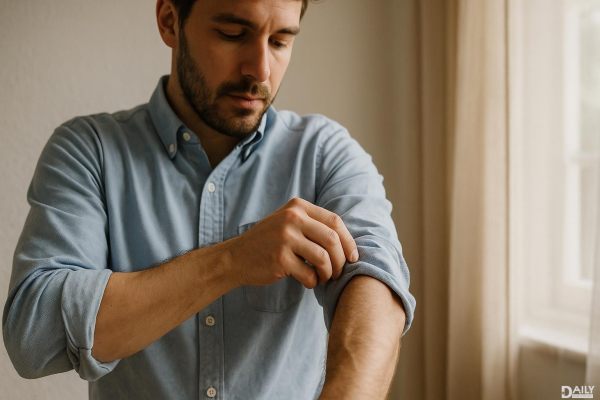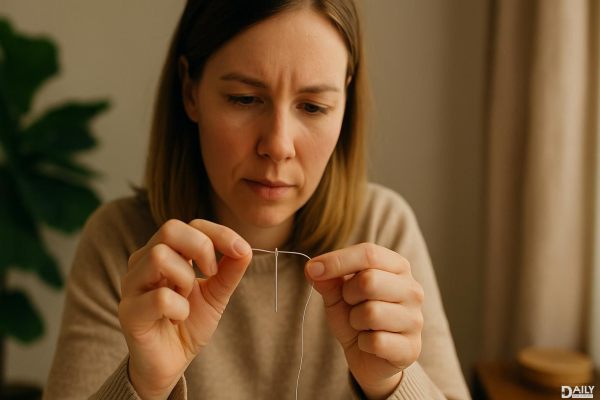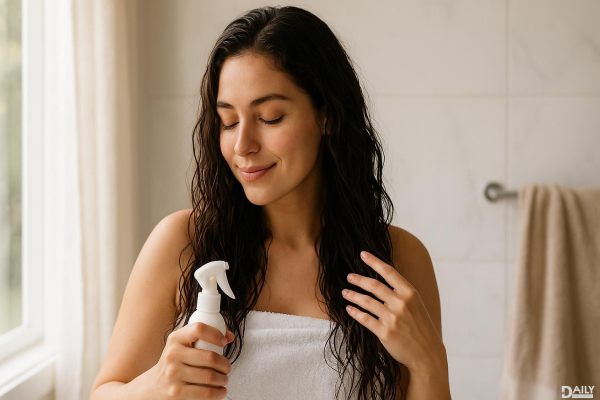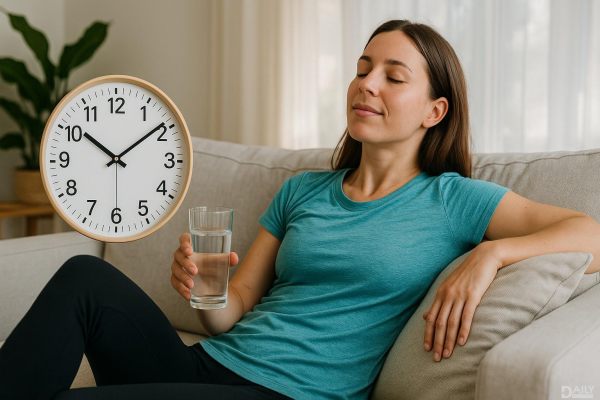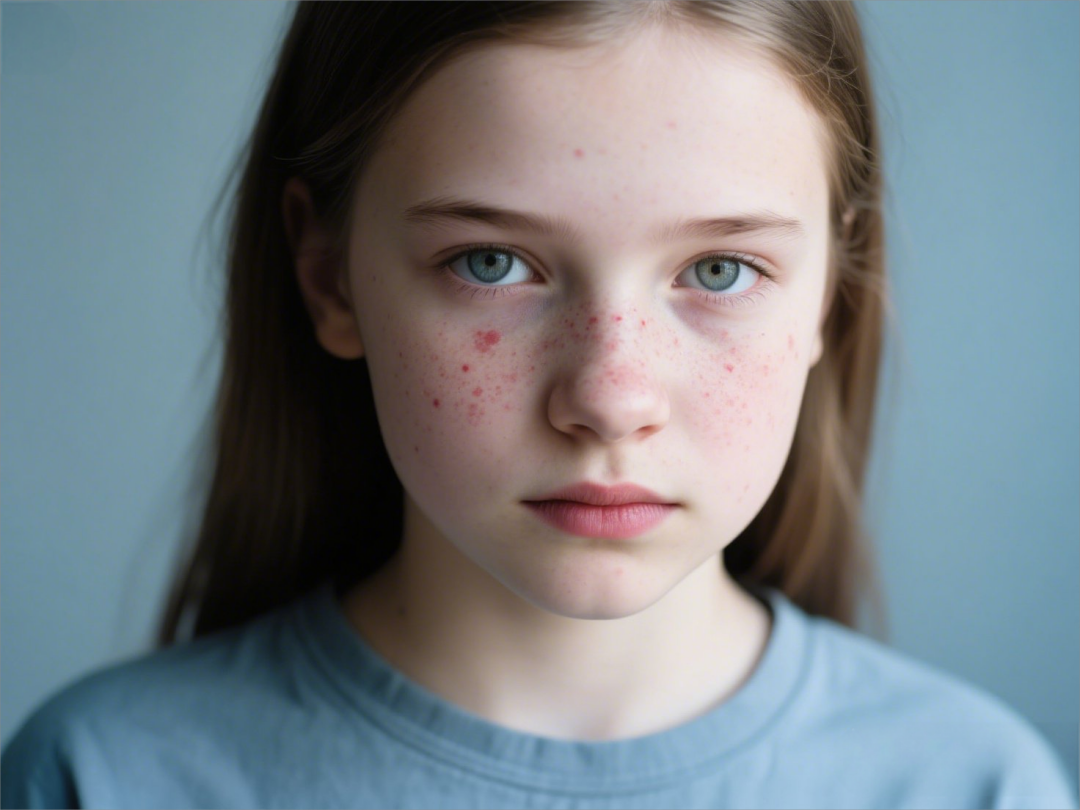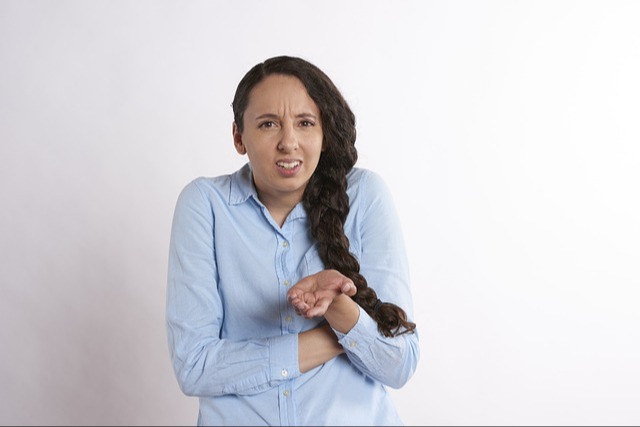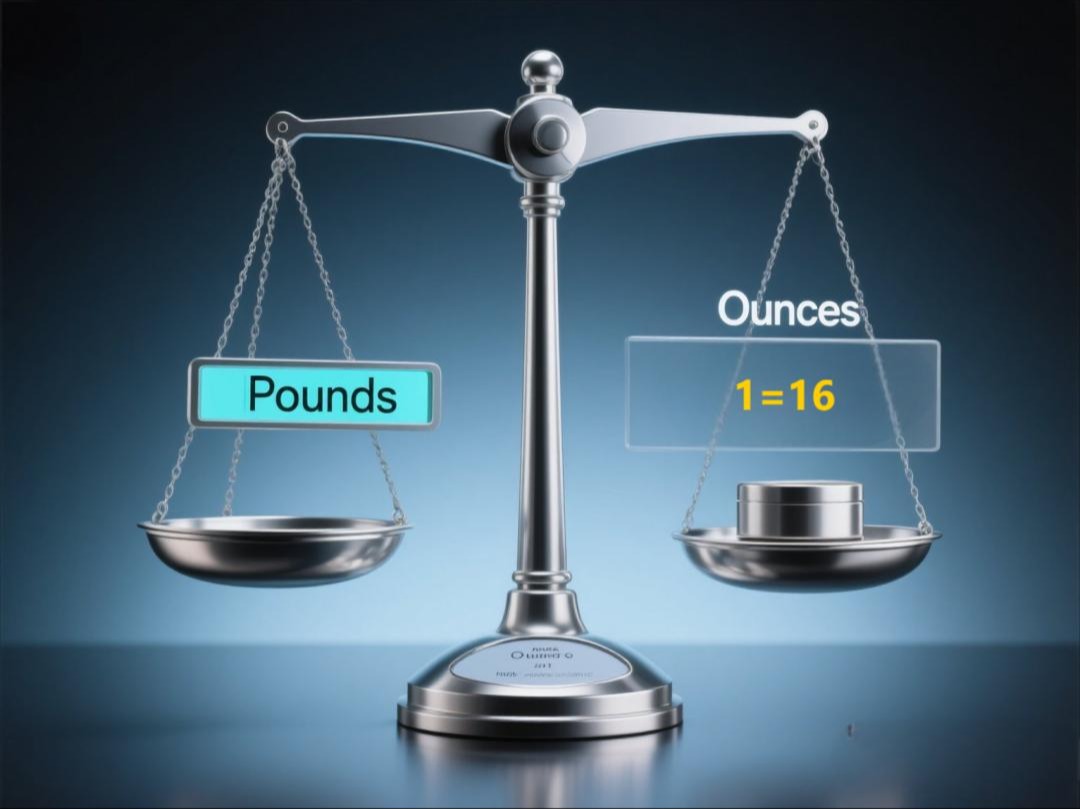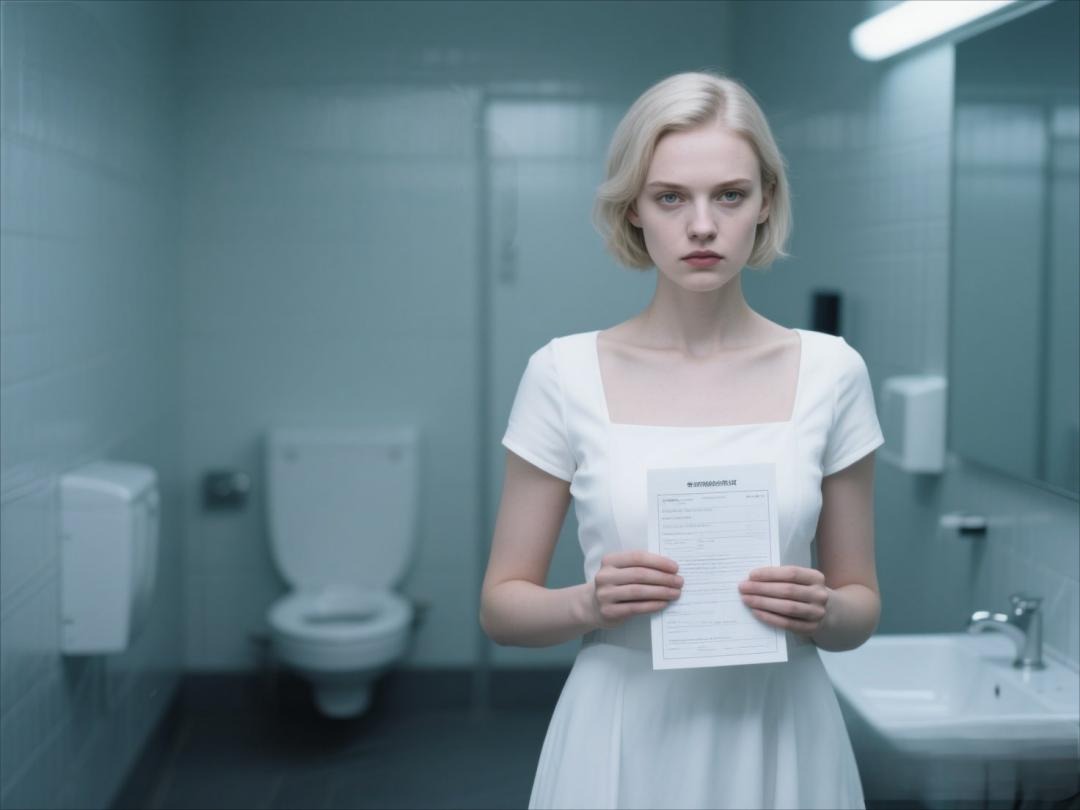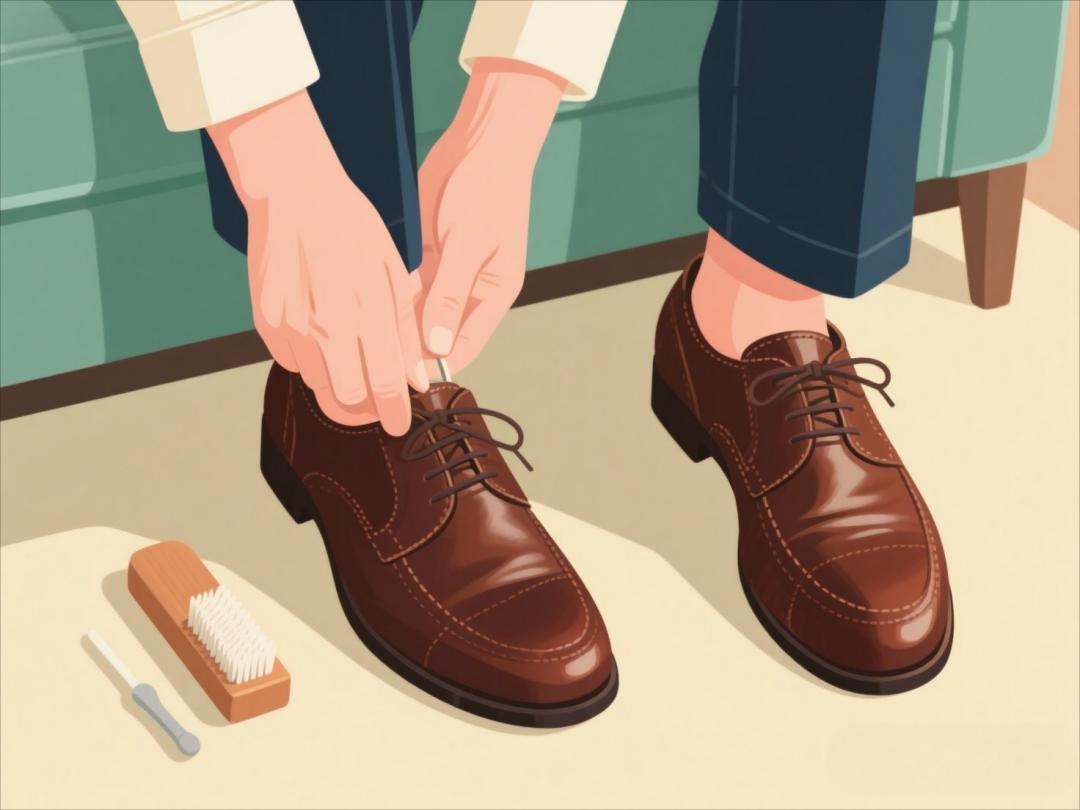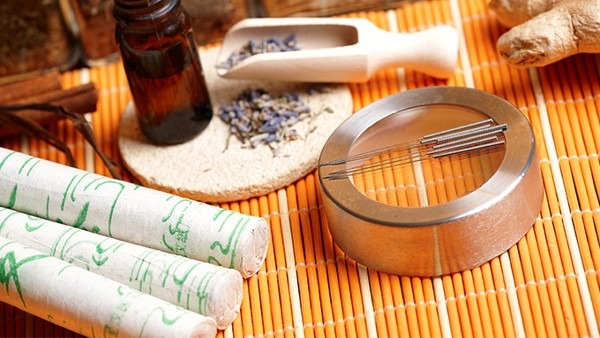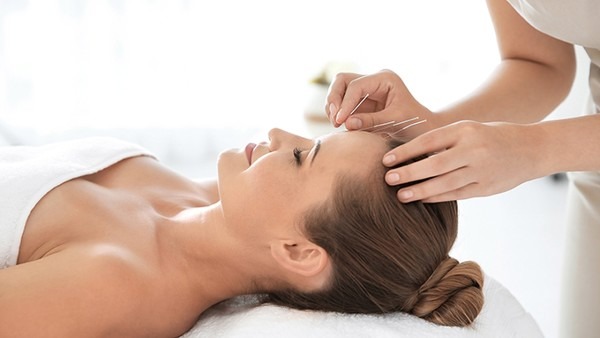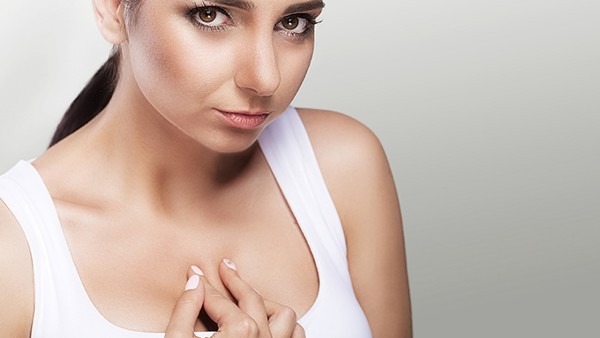There’s nothing quite like slipping into a fresh pair of fuzzy socks when the temperature drops—especially if you’re the type who gets cold feet (literally) at night. But while some swear by socks as a sleep essential, others argue they’re a hygiene nightmare or just plain uncomfortable. So, what’s the real deal? Science and sleep experts weigh in on whether socks in bed are a cozy hack or a habit worth ditching.
The Science Behind Socks and Sleep
Wearing socks to bed isn’t just about comfort—it’s rooted in biology. Our bodies rely on temperature regulation to signal sleepiness, and our feet play a surprisingly big role in that process. "The skin on our hands and feet is uniquely designed to help dissipate heat," explains Dr. Meredith Broderick, a sleep neurologist. When your core temperature drops, your brain gets the memo that it’s time to snooze. But if your feet are icy, that natural cooling process can get thrown off. That’s where socks come in. For people who run cold, a good pair can help kickstart that heat release, making it easier to drift off.
Who Benefits Most from Bedtime Socks?
Not everyone needs socks to sleep well, but certain groups might find them especially helpful. If you’re prone to cold feet, dealing with menopause-related hot flashes, or have circulation issues like Raynaud’s syndrome, socks could be a game-changer. Wool or moisture-wicking materials are ideal, as they help regulate temperature without trapping sweat. On the flip side, if you’re naturally warm or tend to overheat at night, socks might just make you toss and turn. The key? Listen to your body—and don’t be afraid to kick them off mid-sleep if needed.
The Hygiene Debate: Are Socks in Bed Gross?
it’s what’s on them," says Dr. Mike Gradisar. If you’re walking around barefoot or in shoes all day, your socks pick up dirt, bacteria, and allergens. Wearing those same socks to bed means dragging all that into your sheets. The fix? Have a dedicated pair of bedtime socks (washed regularly, of course) or go for a fresh pair right before hitting the hay. Problem solved.
Can Socks Actually Help You Fall Asleep Faster?
Early research suggests that warming your feet might trigger sleep-friendly brain activity. "Certain neurons respond to skin temperature changes, which can help lower core body temperature and promote sleep onset," says Dr. Broderick. While more studies are needed, the connection makes sense—ever notice how a warm foot soak or heating pad can make you drowsy? Socks might offer a similar (if subtler) effect. If you struggle with insomnia, it’s worth a shot—just don’t expect miracles from fuzzy footwear alone.
Compression Socks: Helpful or Overkill?
Unless you have a specific condition like sleep apnea or chronic leg swelling, compression socks at night are probably unnecessary. "They’re really only beneficial for people who retain fluid in their legs while lying down," notes Dr. Gradisar. For most, regular socks (or none at all) will do just fine. That said, if you’re on your feet all day, elevating your legs or wearing mild compression socks briefly before bed can help with circulation—just don’t sleep in them unless a doctor recommends it.
How to Test If Socks Improve Your Sleep
Still on the fence? Try a simple experiment. For a week or two, wear socks to bed and track how you feel in the morning—note things like how long it took to fall asleep, nighttime wake-ups, and overall restfulness. Then, go sock-free for the same period and compare. "A sleep diary can reveal patterns you might not notice otherwise," suggests Dr. Broderick. You might discover socks make all the difference—or that you sleep better without them. Either way, it’s a win.
At the end of the day, whether you’re Team Socks or Team Barefoot comes down to personal preference and physiology. There’s no one-size-fits-all answer, but if cozy toes help you sleep soundly, embrace it—just keep ‘em clean. And for the skeptics? No judgment here. After all, the best sleep habit is the one that actually lets you rest.
